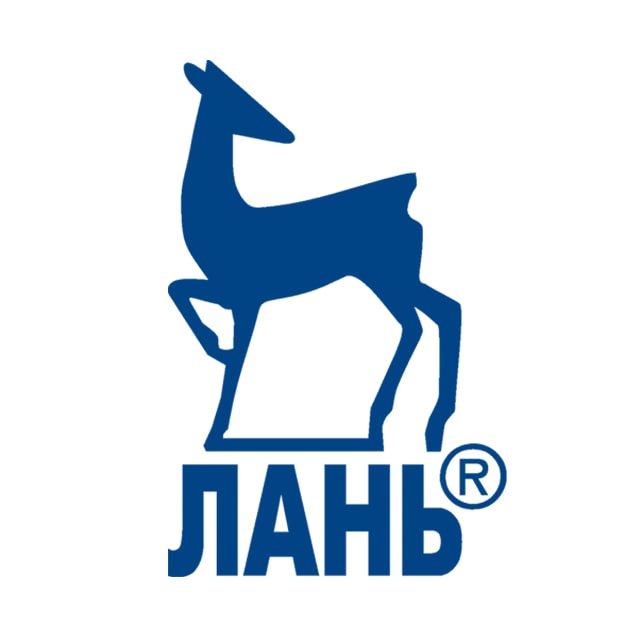MICEX index forecasting: The predictive power of neural network modeling and support vector machine
DOI:
https://doi.org/10.17072/1994-9960-2017-1-49-60Abstract
The ability to predict the dynamics of financial instruments is an important topic for financial market players. In the context of large and heterogeneous information, there is a need to use effective methods to data processing for management decision-making. In particular, machine learning techniques are becoming very popular in financial modeling. The aim of this paper is to forecast the Russian stock price index by using machine learning methods such as neural network modeling and support vector machine and to examine their predictive power. For economic and mathematical modeling, we use statistical and analytical information on the dynamics of the MICEX stock price index, fundamental and technical indicators of the stock market for the period 2002–2016 years. For computational experiments, we use training, testing and validation datasets and software for machine learning in Python. The predictive power of the methods is estimated on the validation data with using both traditional indicators of mathematical statistics (such as absolute and relative prediction error) and count coefficient of determination. We found the use of a longer time period for the MICEX index that corresponds to large training data set in neural network modeling has led to training error reduction. The predictive power of support vector machine on validation data set is higher comparing with neural network modeling. However, that difference in prediction metrics is not significant. The development of a methodology for filtering input data and trading strategy based on machine learning algorithms are possible directions for further research.
Keywordsforecasting, financial time series, machine learning, neural network modeling, support vector machine, computer experiment, stock market, MICEX index, returns
For citationLozinskaia A.M., Zhemchuzhnikov V.A. MICEX index forecasting: The predictive power of neural network modeling and support vector machine. Perm University Herald. Economy, 2017, vol. 12, no. 1, pp. 49–60. DOI 10.17072/1994-9960-2017-1-49-60
References1. Malkiel B. The efficient market hypothesis and it’s critics. The Journal of Economic Perspectives, 2003, vol. 17, pp. 59–82.
2. White H. Economic prediction using neural networks: the case of IBM daily stock returns. IEEE International Conference on Neural Networks, 1988, vol. 2, pp. 451–458.
3. Jammazi R., Aloui C. Crude oil price forecasting: Experimental evidence from wavelet decomposition and neural network modeling. Energy Economics, 2012, vol. 34, pp. 828–841.
4. Valiotti N.A., Abbakumov V.L. Kolichestvennoe otsenivanie posledstvii upravlencheskikh reshenii na osnove neirosetevykh modelei [Quantitative evaluation of the effects of management decisions on the basis of neural network models]. Prikladnaia informatika [Applied Informatics], 2013, no. 5 (47), pp. 6–13. (In Russian).
5. Kaastra I., Iebeling K., Milton B. Designing a neural network for forecasting financial and economic time series. Neurocomputing, 1996, vol. 10, no. 3, pp. 215–236.
6. Dayhoff J.E. Neural network architectures: An introduction. New York, Van Nostrand Reinhold Publ., 1990. p. 259.
7. Pakath R., Ramakrishnan P., Zaveri J.S. Specifying critical inputs in a genetic algorithm-driven decision support system: An automated facility. Decision Sciences, 1995, vol. 26, no. 6, pp. 749–771.
8. Anatol’ev S. A 10-year retrospective on the determinants of Russian stock returns. Research in International Business and Finance, 2008, vol. 22, no. 1, pp. 56–67.
9. Peresetsky A.A. What determines the behavior of the Russian stock market. MPRA paper 41508, University Library of Munich Publ., 2011. Available at: https://mpra.ub.uni-muenchen.de/41508/1/MPRA_paper_41508.pdf (accessed 17.02.2017).
10. Tay F.E.H., Lijuan, C. Application of support vector machines in financial time series forecasting. Omega, 2001, vol. 29, no. 4, pp. 309–317.
11. Zhang Y., Yudong Z., Lenan W. Stock market prediction of S&P500 via combination of improved BCO approach and BP neural network. Expert Systems with Applications, 2009, vol. 36, no. 5, pp. 8849–8854.
12. Yao J., Tan C.L., Poh, H.L. Neural networks for technical analysis: a study on KLCI. International Journal of Theoretical and Applied Finance, 1999, vol. 2, no. 02, pp. 221–241.
13. Kara Y., Boyacioglu M.A., Baykan Ö.K. Predicting direction of stock price index movement using artificial neural networks and support vector machines: The sample of the Istanbul Stock Exchange. Expert Systems with Applications, 2011, vol. 38, no. 5, pp. 5311–5319.
14. Kim K.J. Financial time series forecasting using support vector machines. Neurocomputing, 2003, vol. 55, no. 1, pp. 307–319.
15. Schöneburg E. Stock price prediction using neural networks: A project report. Neurocomputing, 1990, vol. 2, no. 1, pp. 17–27.
16. Bugorskiy V.N., Sergiyenko A.G. Neirosetevoe modelirovanie faktorov, vliiaiushchikh na volatil'nost' tsennykh bumag [Neural network modeling of factors affecting the volatility of securities]. Prikladnaia informatika [Applied Informatics], 2009, no. 5 (23), pp. 16–26. (In Russian).
17. Hornik K., Stinchcombe M., White H. Multilayer feedforward networks are universal approximators. Neural Networks, 1989, vol. 2, no. 5, pp. 359–366.
18. Iasnitskii L.N. Intellektual'nye sistemy [Intelligent systems]. Moscow, Laboratoriia Znanii Publ., 2016. 221 p. (In Russian).
19. Cortes C., Vapnik V. Support-Vector Networks. Machine Learning, 1995, vol. 20, no. 3, pp. 273–297.
20. Haykin S. Neironnye seti: polnyi kurs [Neural networks: A comprehensive foundation]. Moscow, OOO «I.D. Willams» Publ., 2006. 1103 p.
21. Trippi R.R., Turban E. Neural networks in finance and investing: Using artificial intelligence to improve real world performance. New York, McGraw-Hill Inc., 1992, p. 400.
22. Sapuan S.M., Mujtaba I.M. Composite materials technology: neural network applications. Berlin, CRC Press, 2009, p. 368.
23. Qian N. On the momentum term in gradient descent learning algorithms. Neural Networks, 1999, vol. 12, no. 1, pp. 145–151.
24. Walczak S. An empirical analysis of data requirements for financial forecasting with neural networks. Journal of Management Information Systems, 2001, vol. 17, no. 4, pp. 203–222.
25. Cao L., Tay, F.E. Financial forecasting using support vector machines. Neural Computing & Applications, 2001, vol. 10 (2), pp. 184–192.
26. Evans C., Pappas K., Xhafa F. Utilizing artificial neural networks and genetic algorithms to build an algo-trading model for intra-day foreign exchange speculation. Mathematical and Computer Modelling, 2013, vol. 58, pp. 1249–1266.











